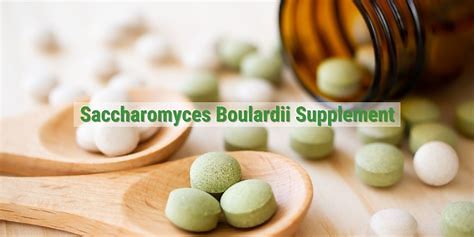Onion cultivation requires a long growing period and adequate nutrients to ensure high yield and quality. Timely fertilization is crucial, and it should be done in stages to meet the plant's changing needs. During the early growth phase, as summer begins and temperatures gradually rise, the plants start to grow more actively. At this stage, applying a first round of fertilizer is essential. In North China, around late August, farmers can apply 225–300 kg of compound fertilizer, 225 kg of urea and potassium sulfate, or 15,000–22,500 kg of organic manure per hectare. This should be done by digging trenches and then watering to support leaf development.
By early September, temperatures drop to an ideal range for onion growth, and the plants enter their fastest growth phase. This is also when the green onions require the most nutrients. A second round of fertilization, known as "tree fertilizer," should be applied at this time. The amount of fertilizer used should be equal to or slightly higher than the first application. After fertilizing, the soil on both sides of the onions can be mounded back into ridges, and timely irrigation ensures that the plants receive enough water to support rapid growth.
From late September to early October, North China experiences cooler weather, which is a critical period for the accumulation of photosynthetic products in the Welsh onions. This is also the peak time for yield increase and nutrient uptake before the formation of the final product. In major production areas like Shandong, Welsh onions are often intercropped with wheat. At this point, wheat is being sown, so farmers should apply a large dose of base fertilizer to support both crops. Typically, 60,000–75,000 kg of organic fertilizer is used per hectare, along with 375 kg of compound fertilizer or 300 kg each of urea and superphosphate. This dual-purpose fertilization helps maintain the quality and yield of the Welsh onions while meeting the needs of the intercropped wheat.
Once October arrives, the plants have already received sufficient nutrients, and their leaf count and leaf area have reached their maximum. Therefore, no additional fertilization is required during this period.
To further enhance cell division, boost photosynthesis, and increase yield, farmers can start spraying Shuofeng (481) from early August. Apply the solution at a concentration of 0.01%, every 20 days, for a total of three applications. This foliar spray helps improve plant health and ultimately leads to better harvests.
Saccharomyces Boulardii
Saccharomyces boulardii (S. boulardii) is a probiotic yeast that is a variety of Saccharomyces cerevisiae (also known as baker’s or brewer’s yeast).1 It has been isolated from lychee and mangosteen fruit.2
The probiotic activity of S. boulardii ranges from improving gut barrier function, eradicating pathogens, producing antimicrobial peptides, stimulating the immune system, and inhibiting inflammation.3 Specifically, S. boulardii is used for the prevention and treatment of gastrointestinal tract disorders, including diarrhea symptoms.3
This article discusses the uses, side effects, and precautions of S. boulardii. It also covers what to look for in an S. boulardii supplement.
Dietary supplements are not regulated like drugs in the United States, meaning the Food and Drug Administration (FDA) does not approve them for safety and effectiveness before products are marketed. Therefore, when possible, choose a supplement that a trusted third party, such as USP, ConsumerLabs, or NSF, has tested.
Saccharomyces boulardii
Biodep Biotechnology Co. ,Ltd. , https://www.biodep.com
